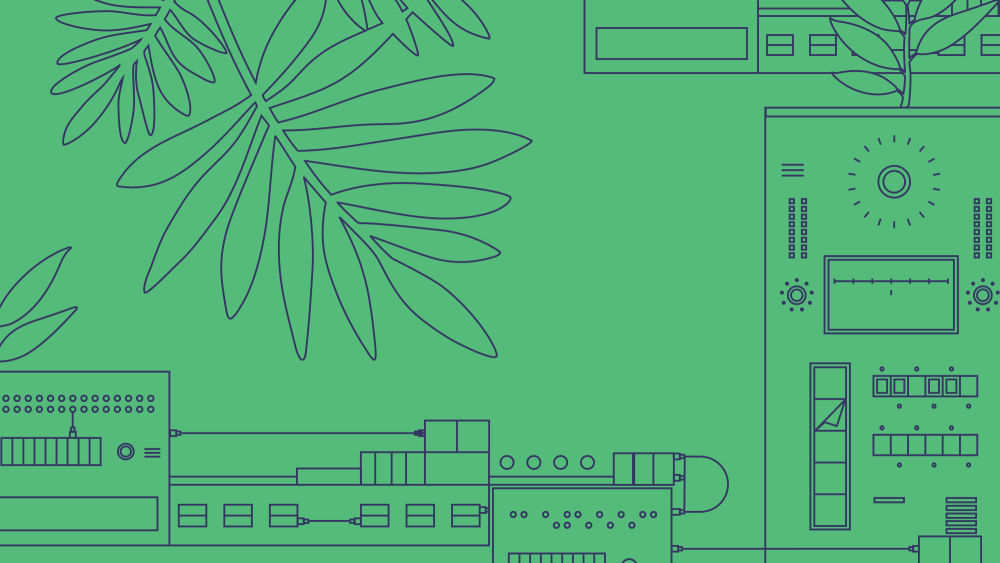Can you list the key points of the last meeting you attended? No? You’re not alone.
Let’s be real: We spend way too much time in meetings to leave them wondering what the point was.
Why is this so often the case?
Because we tend to leave meetings without a record of what happened, we don’t have useful artifacts to guide further action. Whether 30 minutes or two hours, the time spent in these discussions is unfulfilling, lost, and—dare I say—depleting.
As an open-source maintainer, I try hard to ensure that maintainers and contributors feel emotionally fulfilled by their work. After all, many people are drawn to open source for intellectual and emotional satisfaction. When you don’t get that, it’s easy to burn out—and even leave a community. Meetings that feel like wasted time aren’t just bad for our calendars, they’re bad for our souls.
Meetings hold a unique place in remote-heavy cultures. In addition to their functional purpose, they’re a valuable source of social interaction and can provide real relief from the monotony of our conversations with ourselves. Leaving a meeting with a record, a physical representation of what happened, can help ensure that the time spent in the meeting feels more fulfilling and meaningful.
The groundwork for creating good records starts before the meeting is held, with setting clear goals and expectations. Agendas are often exalted for helping to create structure during meetings, but they also help structure the narrative that comes out of the meeting. An effective agenda sets expectations for how the meeting should run, captures input from the team on what topics should be covered, and gives participants something concrete to refer back to long after the meeting is over.
Poorly managed remote meetings can be riddled with awkward silences and unproductive tangents. At worst, they can be combative, as attendees contend for (literally) limited space on people’s screens and speakers. Collaborative record keeping—whether the records are meeting minutes, action items, video recordings, slide decks, or something else—encourages attendees to come together to create an artifact from the meeting. These records aren’t necessarily explicit notes of what was said, but summaries that allow attendees to recollect and respond to the events of the meeting. Instead of working against each other, attendees collaborate on the common goal of producing a record that accounts for everyone’s voice. Well-managed remote meetings with clear agendas respect attendees’ time and yield meaningful outcomes and artifacts.
When one of the goals of the meeting is to produce a record of the event, it becomes easier to enforce guidelines that showcase everyone’s contributions. These guidelines can include:
Sharing note-taking responsibilities among attendees. For instance, in the nteract project, we choose a different coordinator for each weekly meeting, someone who will be responsible for managing note-taking and guiding the conversation to encourage everyone to participate.
Delegating a hand-raising protocol to determine who can speak and when.
Outlining an agenda that guides the conversation toward a particular goal.
Each of us enters a meeting with an expectation of the role we’re going to play. Maybe we’re the subject matter expert and we anticipate doing most of the talking. Maybe we’re the meeting organizer and we expect to do a majority of the coordinating. Maybe we’ve already decided that we don’t have much to contribute and have settled on lurking and zoning out. Steering people to work together to create a record of the meeting helps disturb these expectations. Records highlight (sometimes uncomfortably) which voices dominate the conversation—and which ones don’t. This can encourage the listeners to speak and the speakers to listen. When we’re intentional about ensuring even participation, we make sure that everyone’s achievements are highlighted, and that people who are typically quiet have the impetus to engage in conversation, despite how easy it is to be muted (again, literally) in a remote meeting.
Finally, a record is meant to inspire engagement beyond the meeting. Meetings shouldn’t be interruptions in a process, they should be part—maybe even the start—of an ongoing conversation. Action items are an immediate way to encourage engagement after a meeting, but check-ins and emails help keep the conversation going. Especially when working on remote or distributed teams, which don’t have the benefit of spontaneous catch-up conversations in the hallway, these types of engagements ensure that people are, well, doing something beyond the meeting. Follow-through keeps us connected to the motivation of the meeting in measurable and well-defined ways.
In a distributed world, remote meetings bring us together. That’s why it’s important to be intentional about what we meet for, how we engage with each other, and how we make remote interactions more meaningful. Record keeping helps ensure that everyone works together to produce an artifact of what happened during the meeting, for themselves and for others. This collective energy results in meetings that are more productive and egalitarian. Most importantly, collaborative record keeping encourages patterns that make our meetings and teamwork more emotionally and socially fulfilling.
